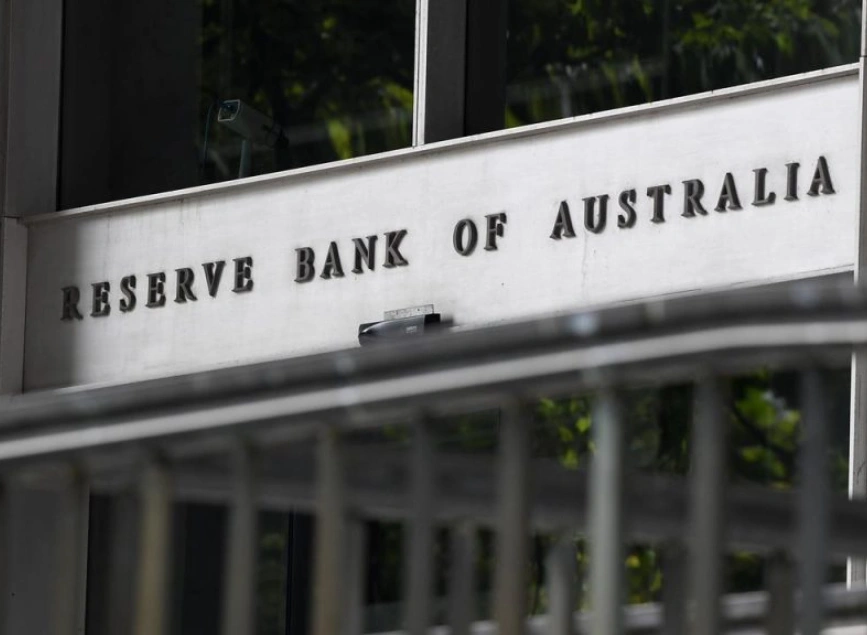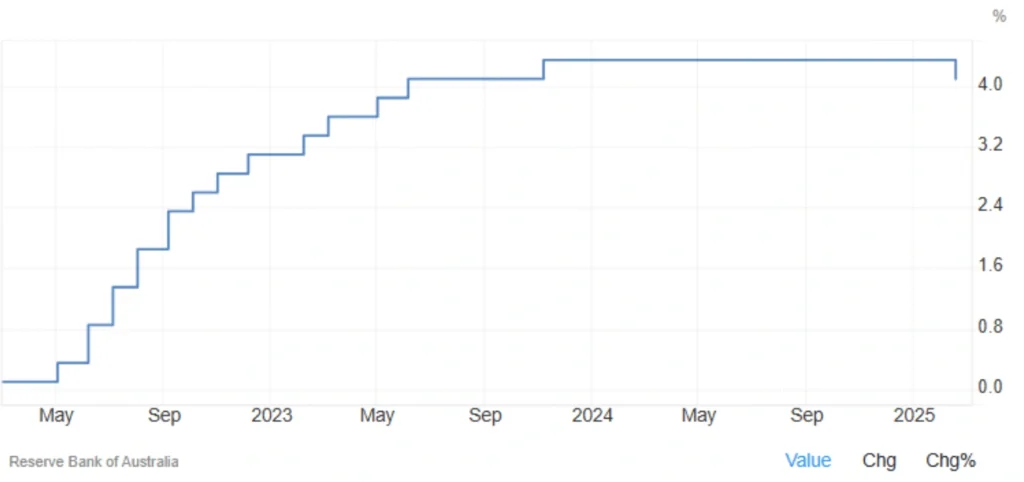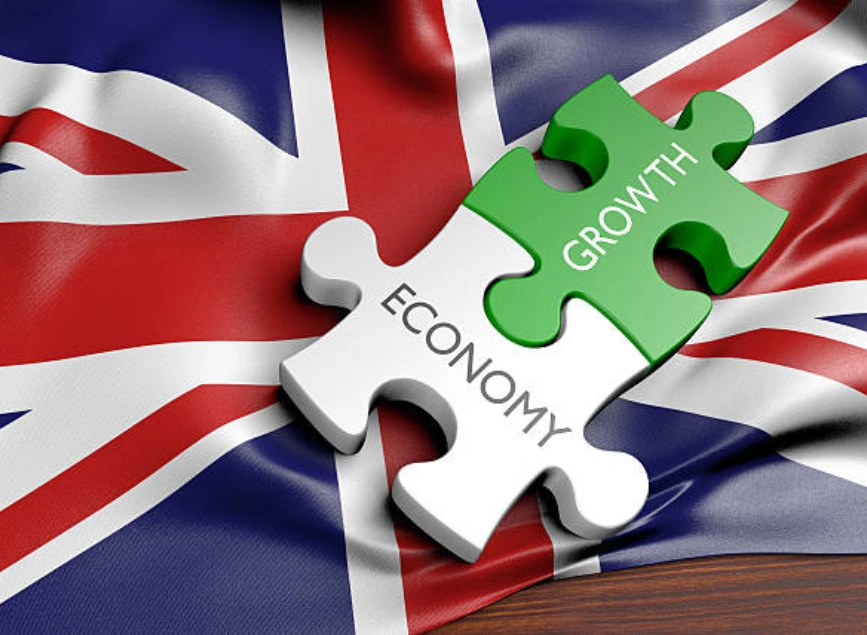
Australia’s Central Bank Cuts Interest Rates in February
The Reserve Australia’s Central Bank (RBA) cut its benchmark interest rate by 25 basis points in its February meeting, bringing it down to 4.1%, in line with market expectations. This marks the first rate cut since November 2020, following a continued decline in core inflation. The central bank expressed increased confidence in inflation returning to its 2–3% target range, emphasizing that higher interest rates have played a key role in balancing overall demand and supply.
Economic Outlook and Policy Stance
Despite the rate cut, the Australia’s Central Bank acknowledged uncertainties in the economic outlook, including weaker-than-expected private demand and questions surrounding the sustainability of household spending recovery. Global risks remain elevated due to geopolitical factors and unpredictable policy shifts worldwide.
Read More : Australia Monthly CPI Indicator
Impact of Australia’s Interest Rate Cut
The RBA’s move aligns with other central banks globally that have started easing monetary policy. This decision also comes just months ahead of Australia’s federal elections in mid-May. However, the central bank’s board has adopted a cautious approach toward further rate cuts, signaling a data-dependent stance. Additionally, the interbank settlement interest rate was also lowered by 25 basis points to 4.0%.
Why Does an Interest Rate Cut Matter?
Interest rates represent the cost of borrowing money set by the central bank. Changes in interest rates directly influence bank loans, bond yields, and consumer and business spending.

Why Does the Central Bank Cut Interest Rates?
Controlling Inflation: When inflation trends downward, the central bank may cut rates to stimulate economic growth.
Boosting Demand: Lower interest rates reduce borrowing costs, encouraging businesses and consumers to spend and invest more.
Managing Economic Cycles: During economic downturns, central banks ease monetary policy to support growth and prevent recession.
How Does the Rate Cut Affect Markets?
Stock Market: Lower interest rates typically boost stock prices, as borrowing costs decrease and corporate profitability improves.
Currency Market: A rate cut can weaken the Australian dollar, making the country’s exports more competitive but reducing returns for foreign investors.
Housing Market: Lower rates reduce mortgage costs, potentially fueling growth in the real estate sector.
Final Thoughts
The RBA’s February rate cut to 4.1% reflects its commitment to supporting economic growth and stabilizing inflation. However, the central bank remains cautious about future cuts, considering global uncertainties and the long-term sustainability of economic recovery.
Share
Hot topics

Best Forex Trading Hours for Iranian Traders
The Forex market operates 24-hours a day, but clearly not every hour, equal it could even be every trading session, is profitable. There are times when the market sleeps, is...
Read more




Submit comment
Your email address will not be published. Required fields are marked *